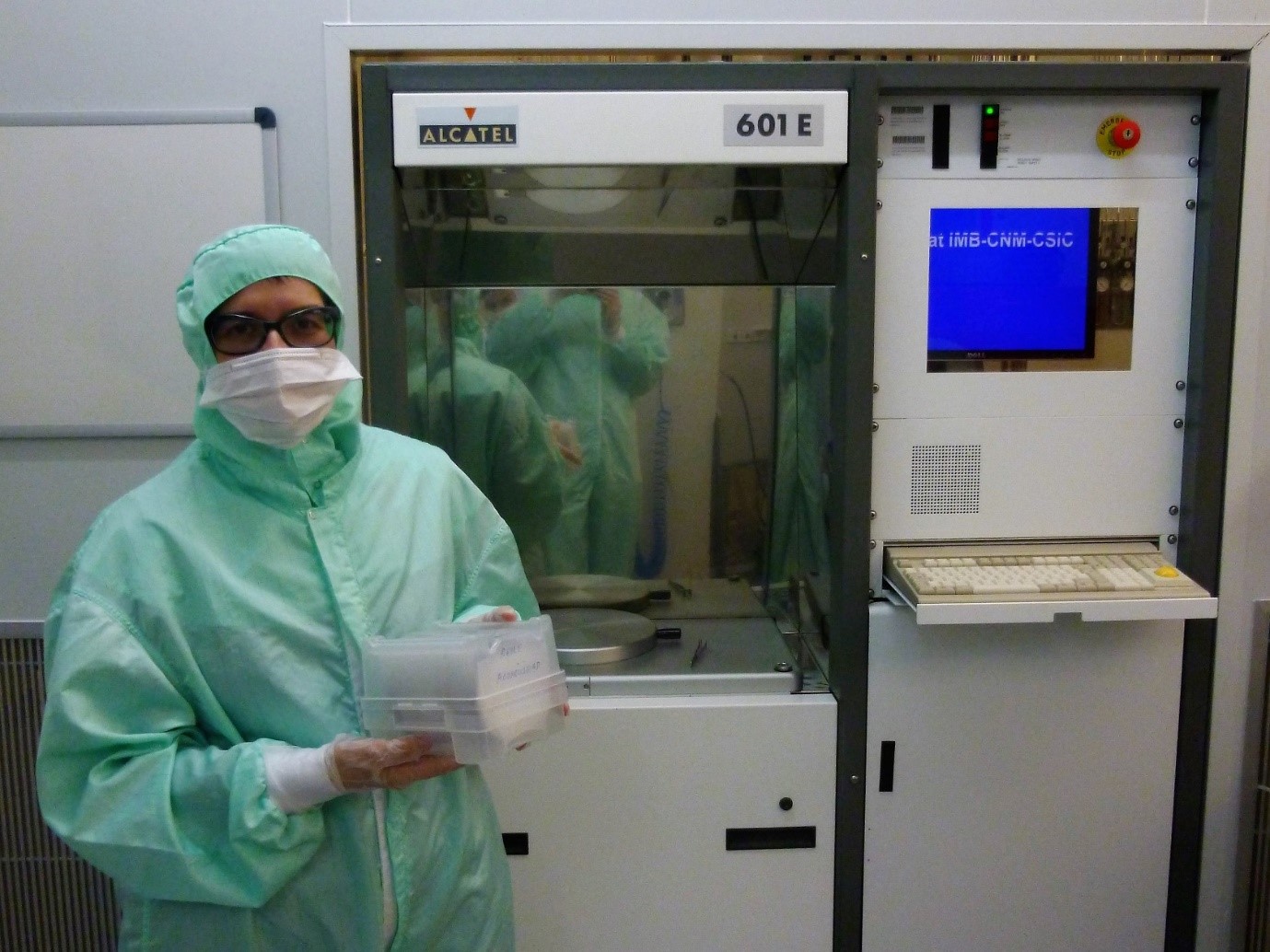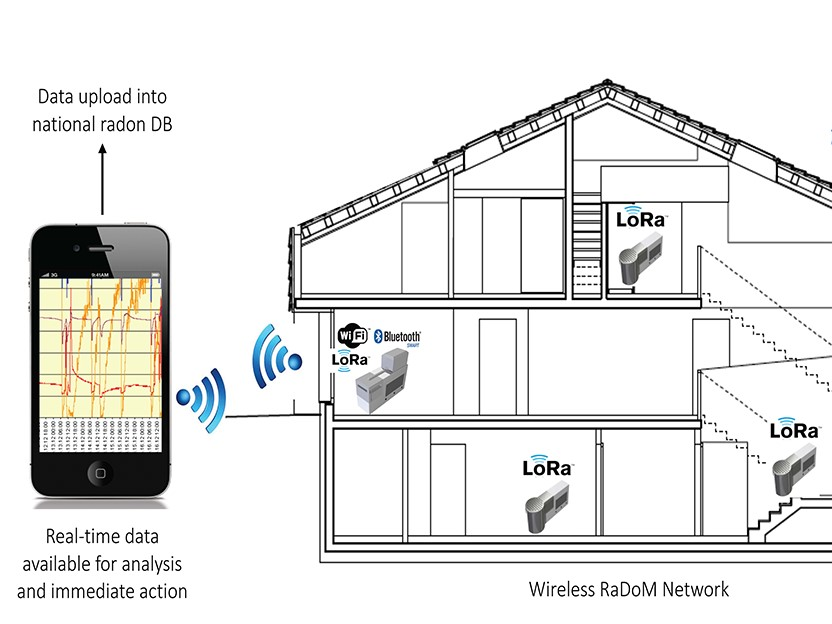|
AIDA-2020 PoC Support FundingDetectors for accelerator-based experiments offer opportunites that may not seem obvious upon first glance. In that spirit, fostering the development of spin-off detector tech for society is a crucial goal of AIDA-2020. The consortium exploits the innovation potential of detector research by engaging with European industry for large-scale production of detector systems and the development of applications outside of particle physics. In this context, the Proof-of-Concept (PoC) funding action intends to act as a tool to promote, validate and/or demonstrate the industrial uptake of selected detector technologies. It aims to bridge the gap between R&D and market application, through the award of €200,000 to help foster innovation for the benefit of society.
|
Co-funded Projects
SMART – ‘Silicon-based Microdosimetry System for Advanced Radiation Therapy’
A project proposed by the Instituto de Microelectrónica de Barcelona (IMB-CNM-CSIC), SMART aims to develop a system that will measure the dosage of radiation delivered to tissue during hadron radiation therapy.
As this technique is growing in popularity for cancer treatment, it is crucial to optimise the delivery of radiation effective treatment, while minimising the damage to healthy tissue.
CSIC also envisions this technology expanding into other fields where the risk of radiation exposure must be predicted, such as aviation or space exploration.
To fabricate microsensors CSIC uses the 3D silicon technology, developed for advanced radiation detectors (Image: IMB-CNM-CSIC)
‘Advanced Through Silicon Vias (TSVs) for Pixel Detectors’
The Bonn-IZM pixel project focuses on the development of ‘Advanced Through Silicon Vias (TSVs) for Pixel Detectors’, by standardising the TSV processes. TSVs offer high-density vertical stacking of microchips used in electronics, providing a smaller and simpler structure, whilst increasing connectivity and performance. If successful, industrial partners will have access to a more affordable and thus competitive option.
The project researchers will focus on developing a versatile via-last TSV process with pixel detector readout wafers for the ATLAS experiment, based at the Large Hadron Collider at CERN.
A clean room technician completing a lithography process step on one ATLAS TSV wafer (Image: Fraunhofer IZM)
Radon Dose Monitor (RaDoM)
The Radon Dose Monitor (RaDoM) team will work with Politecnico di Milano to develop a network of smart sensors, based on CERN technology, for monitoring radon, a natural radioactive gas. With the Swiss National Radon Action Plan 2012-2020 as a guide, the RaDoM project aims to create a device and software framework to better tackle the risks of high radon levels.
The device will combine radon sensors, new software, and Wi-Fi, Bluetooth and Lora connectivity options to produce an appliance that is better connected, more efficient and provides faster data analysis, as well as complying with new radon limiting legislation.
Concept of the RaDoM network. Long-term, real-time radon monitoring for schools, work places & buildings (Image: CERN)




